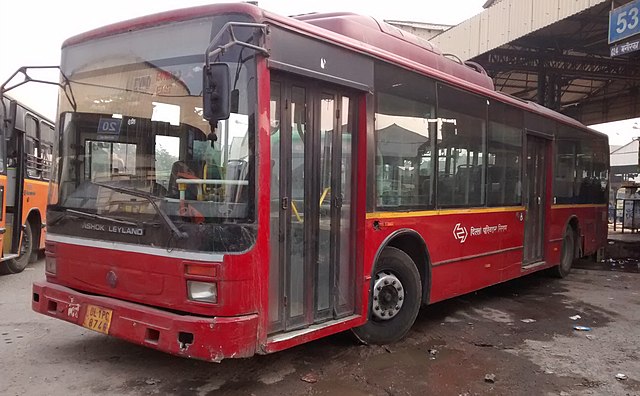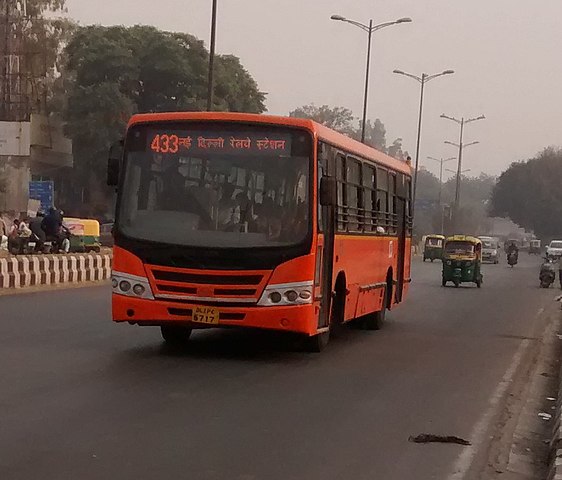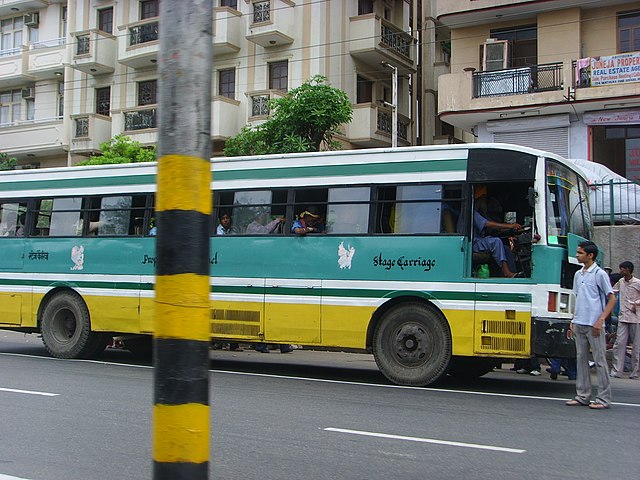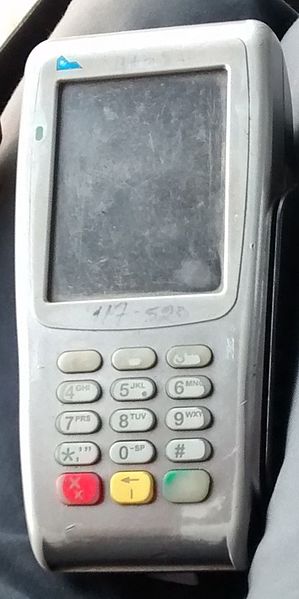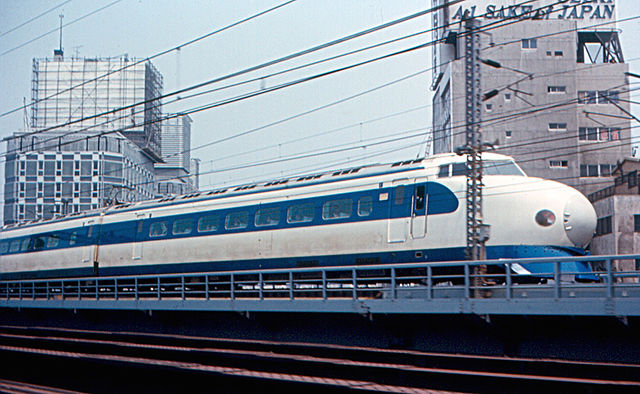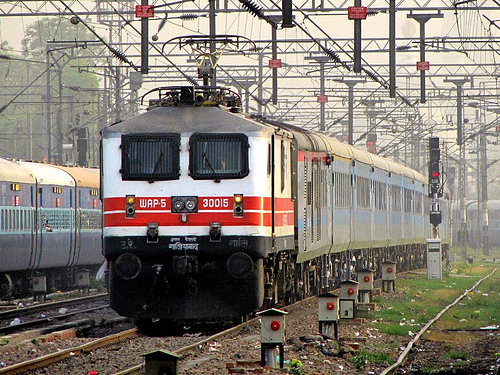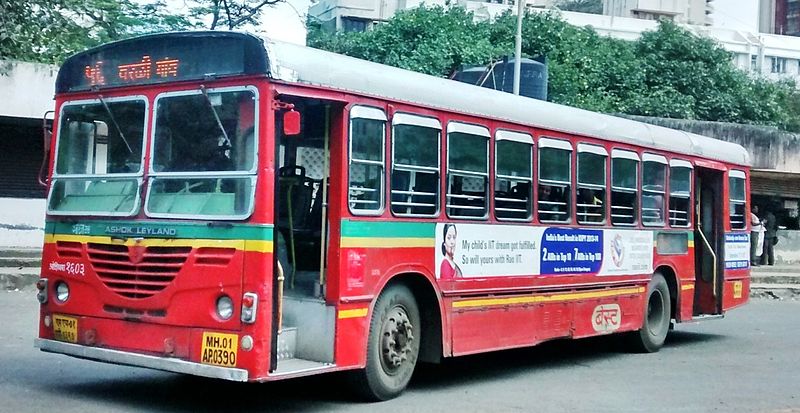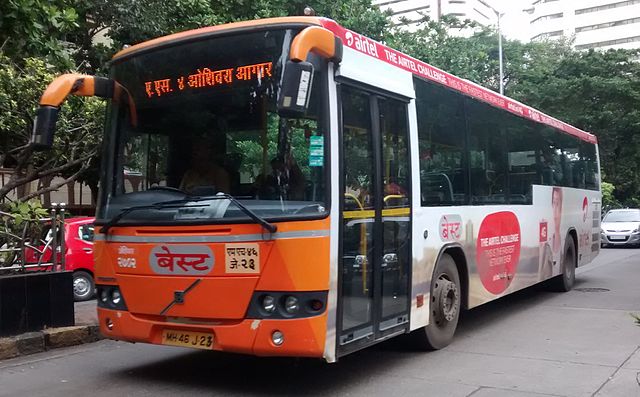Amaravati, the upcoming capital of Andhra Pradesh, is touted to be a major game changer in Indian cities. While it will be the fourth major planned State Capital, after Bhubaneshwar, Chandigarh and Gandhinagar, it will be the first major Smart City in India as a State Capital.
Now, all this sure sounds rosy on paper, but fancy stuff isn’t what we’re looking for right now. What we need is functionality. Here are some key pointers that I have decided to put across for Amaravati’s transport, which will help livability in the city massively.
Theoretical Stuff
Start a new unified transit body
Create a new entity from scratch for Amaravati’s transport. That’s right. A new entity, solely for transport within the Capital Region. It can be either a Municipal-run body like BEST, or a State-run body like MTC. However, this body should be a Unified body on the lines of Transport for London [TfL] or New York’s Metropolitan Transit Authority [MTA]. Let this authority or agency handle buses, trains, and also be a nodal point for autorickshaws/taxis. The Transco can also be jointly managed by all three levels of government. Road related works can remain under existing agencies like the Public Works Department or Andhra Pradesh Road Development Corporation
Keep out of existing Establishments
Amaravati must not rely on APSRTC or Indian Railways for its Transport. Buses in Hyderabad were earlier run by the APSRTC, and now by the TSRTC. Rail transit for the new city must be independent of Indian Railways, to prevent congestion and avoid red-tapism on the network like on the Mumbai Suburban Railway. MSRTC operates inter-city buses in Mumbai. BEST operates intra-city services. The other transcos [NMMT, TMT, MBMT, et al] handle services between the different jurisdictions within the MMR. Amaravti might be made up of multiple Municipal bodies for Vijayawada, Guntur and the upcoming city, but transport within these regions must be kept for a single entity that exclusively serves it.
Practical Stuff
Underground Metro Corridors
Since the entire city is being built from scratch, the entire Metro corridor needs to be built underground. This will help keep the city aesthetically appealing. If elevated corridors are built, they should use the 25m segment like what Mumbai Metro 1 and incorporate the cantilever station design of the Hyderabad Metro.
Bus Rapid Transit Systems

Amaravti has the potential to make Bus Rapid Transit Systems [BRTS] work more efficiently than other cities including Ahmedabad and Surat. It can implement them on a large scale as a feeder system to the aforementioned Metro systems. Again, since the city is being built from scratch, bus lanes can be made signal free, making them truly rapid. Trolleybuses, or even trams can be run to make it more eco-friendly.
Smart Buses
The new Transco that was spoken about earlier needs to make itself ready for the year it was built for and not the 1950s. All buses need to be fitted with a Passenger Information System [PIS], as well as a system to allow the visually-impaired know the route number and destination of the bus. Let the bus be traceable using GPS, develop a smartphone app as well as a website for commuters to be able to use. Use GPRS-enabled always online ETMs similar to what the cluster buses of Delhi use, except ensure that they use Smart Cards for passes and prepaid payment systems like what BEST has achieved in Mumbai. Ensure that the fleet is an even mix of AC and non AC buses, if getting a fully-AC fleet is not possible. Additionally, encourage corporate bodies to take up bus clusters similar to Delhi on a Public-Private partnership.
Cycle-Friendliness
Amaravati must ensure that roads are built with proper cycle lanes that are separated from pedestrian lanes and motorised traffic. Encourage the usage of cycles, and incentivise riding them. Public cycles should be introduced. Use a smart card for parking spaces and renting cycles.
Accessibility

All roads must feature properly laid and leveled pedestrian walkways as well as ramps for the differently-abled. With the Prime Minister stressing on the word Divyang for differently-abled people, it is imperative that this is taken up seriously. Traffic signals must be fitted with audio devices to let visually-impaired people know that they can cross the road. Bus stops should feature Braille signage and pavements should feature a tactile path similar to the one in Metro stations.
Smart Design and Technology

All roads must be designed with ducts for cables, pipelines, and other channels to prevent them from being dug up very often. This is similar to what is done in Mumbai and Bangalore [the latter thru TenderSURE]. Roads should be laid using plastic waste to recycle the waste as well as make the road long lasting. Electric cables should be underground to prevent accidents. Traffic signals, bus stops, footbridges, parking lots, benches, should be fitted with CCTV cameras for safety and security, as well as fitted with solar panels to generate power as well as provide shade.
Common Payment instrument
A super crucial point, a Common Payment Instrument must be instituted across the city. A single smart card should be used for Metro, Buses, BRTS, Cycles, etc. This model is followed abroad in many places. Like several cities abroad, NFC-enabled smartphones can be used as a payment mechanism. As stated earlier for buses, an App could be developed for buses, trains, availability of cycles and payments. Keep it simple silly!
TAXIS and autos
Autos, while seen as a burden on the roads by many, are very crucial. Electric Rickshaws can be mandated to keep the air clean. Similarly, permits should be issued for regular taxis, similar to the Cool Cabs and regular Kaali-Peelis of Mumbai. However, these auto and taxi drivers must be given a loan to purchase a GPS-enabled Fare Meter that can support RFID/NFC payments so that people can use the aforementioned smart cards and phone payment methods. The Transport Department, City Administration and Traffic Police must strictly enforce this however.
Water Transport
Sitting on the banks of the Krishna river, Amaravati can make use of this natural resource. A network of channels can also be built across the city, with boats, similar to Allepy.
Overall, the future of Amaravati seems to be quite bright, with Chandrababu Naidu as the Chief Minister of Andhra Pradesh. I just hope some of these suggestions are taken seriously.
Do share this post. Tweet it out and use the hashtags #SunriseAndhra and #SmartCity so that it can reach the government.
![]()

